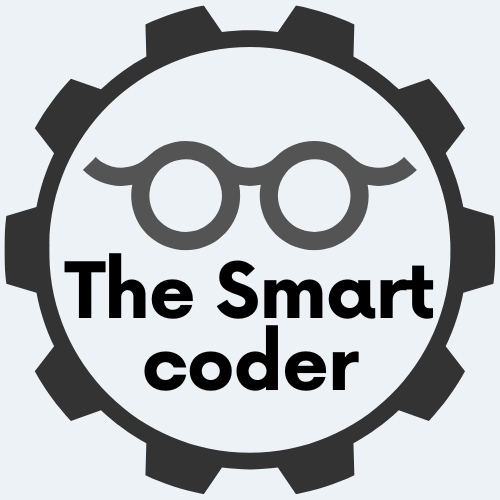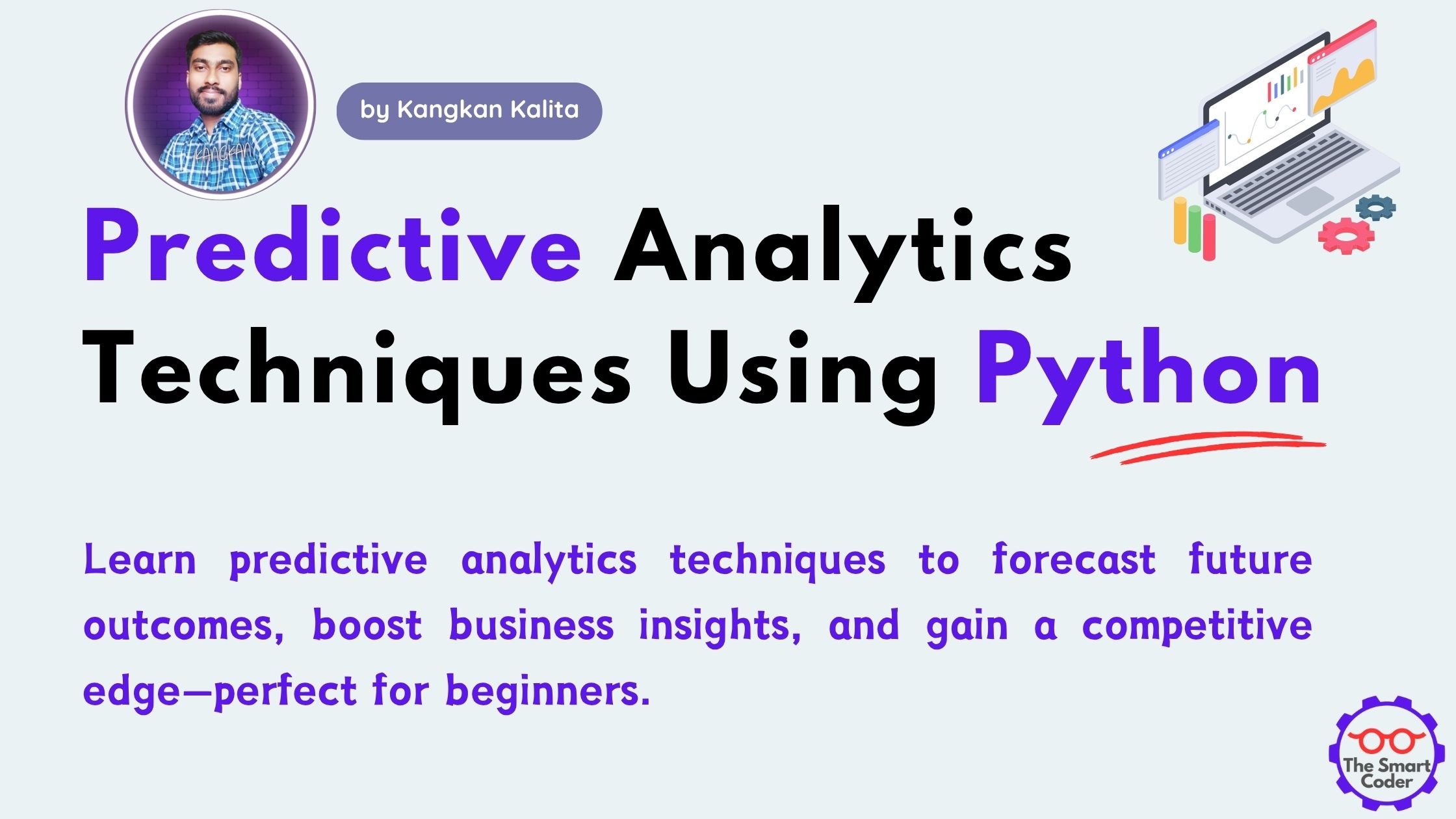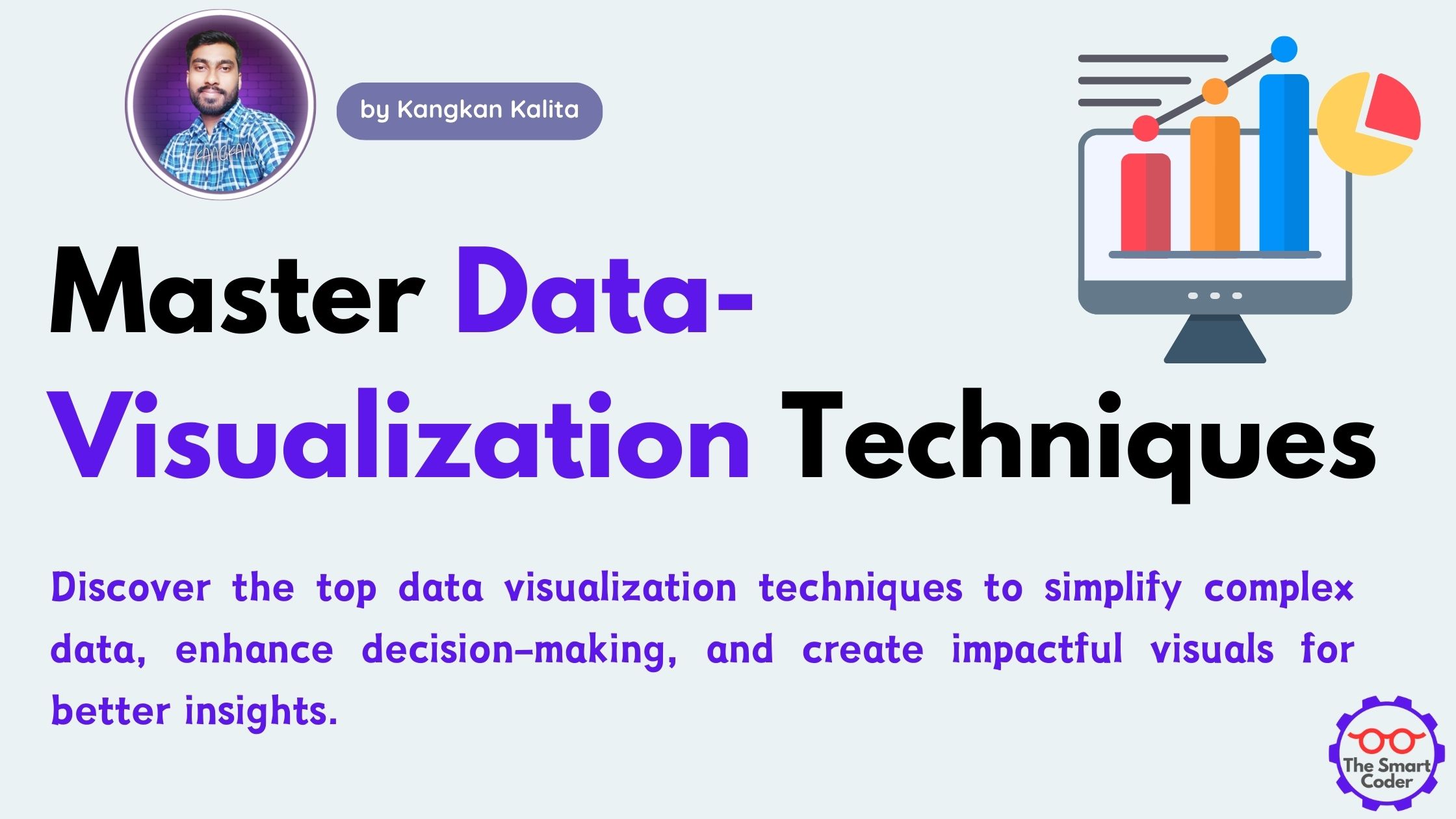Machine Learning Projects For Beginners: 10 Fun Ideas to Build Skill Fast
- Generative AI Roadmap in 2025: Skills, Tools, and Opportunities - August 11, 2025
- Most Used Statistical Concepts in Data Analysis: A 2025 Guide - August 5, 2025
- SQL for beginners : A Complete Guide - June 24, 2025
Machine learning can feel overwhelming when you’re just starting. There are algorithms to understand, tools to install, and data to work with. But the best way to learn is simple: build something. Machine learning projects for beginners are your launchpad. They help you apply what you’re learning, build confidence, and gain practical experience—all while keeping things fun and manageable.

In this guide, we’ll walk you through 10 hands-on project ideas, why you should start with projects, and how to get going, even if you’re completely new.
Why Start with Machine Learning Projects as a Beginner?
You can only get so far reading tutorials or watching YouTube videos. At some point, you need to build. Here’s why:
- You learn by doing: Projects help you apply theory in real-world scenarios.
- Build confidence: Completing a project shows you can do this.
- Understand tools: Projects get you comfortable with Python, Jupyter Notebooks, Scikit-learn, Pandas, and other essential tools.
- Make your portfolio shine: Projects give you something to show on GitHub or a resume.
Think of projects as your workout reps. The more you build, the stronger your skills become.
10 Machine Learning Projects for Beginners (With Ideas & Tools)
1. Iris Flower Classification
This classic dataset helps you learn how to classify data using supervised learning.
- Goal: Predict the species of an iris flower based on features like petal and sepal length.
- Tools: Python, Scikit-learn, Jupyter Notebook
- Skills: Classification, model evaluation
Tip: This dataset is built into Scikit-learn, so it’s easy to load and work with.
2. Titanic Survival Prediction
Use data from the Titanic passenger list to predict who survived.
- Goal: Predict survival based on features like age, gender, and ticket class.
- Skills: Data cleaning, logistic regression, exploratory data analysis (EDA)
- Use Case: Teaches how to deal with messy, real-world data.
3. Handwritten Digit Recognition (MNIST Dataset)
A great intro to image classification using machine learning.
- Goal: Recognize digits (0–9) from handwritten images.
- Tools: TensorFlow or PyTorch, Keras
- Skills: Neural networks, data visualization
Analogy: Think of teaching a child to recognize numbers by looking at scribbles.
4. Spam Email Classifier
Teach a model to filter spam using natural language processing.
- Goal: Detect whether an email is spam or not.
- Skills: Text preprocessing, Naive Bayes, vectorization (TF-IDF)
- Use Case: Real-world application for email systems.
5. Movie Recommendation System
Build a simple recommender like Netflix or Spotify.
- Goal: Recommend movies to users based on their past ratings.
- Tools: Pandas, Scikit-learn, collaborative filtering
- Skills: Similarity metrics, matrix factorization
6. Stock Price Predictor
Try forecasting stock prices using historical data.
- Goal: Predict the next day’s closing price.
- Tools: Pandas, NumPy, Matplotlib, Linear Regression
- Skills: Time series analysis, regression
Important: This is for learning purposes only, not financial advice.
7. Customer Segmentation
Group customers based on behavior or purchase history.
- Goal: Use unsupervised learning (clustering) to segment customers.
- Tools: K-Means, Scikit-learn
- Use Case: Helpful in marketing to tailor promotions.
8. Fake News Detection
Use text data to spot misinformation.
- Goal: Classify news articles as real or fake.
- Skills: Text classification, NLP, Logistic Regression
- Use Case: Practice on real text data and understand model bias.
9. House Price Prediction
Predict home prices based on location, size, and more.
- Goal: Use regression models to estimate prices.
- Tools: Scikit-learn, Pandas, Matplotlib
- Skills: Feature engineering, regression, data visualization
10. Heart Disease Prediction
Use medical data to predict the likelihood of heart disease.
- Goal: Predict disease presence based on health metrics.
- Tools: Logistic regression, Scikit-learn
- Use Case: Learn how ML can be used in healthcare.
DATA SCIENCE PROJECTS | PYTHON PROJECTS
How to Get Started with a Project (Example: Iris Classification)
Let’s break down the steps for the Iris Flower Classification project:
- Set up your environment:
- Install Python
- Install Jupyter Notebook using Anaconda
- Import libraries:
import pandas as pd from sklearn.datasets import load_iris from sklearn.model_selection import train_test_split from sklearn.ensemble import RandomForestClassifier from sklearn.metrics import accuracy_score - Load data:
iris = load_iris() X = iris.data y = iris.target - Train/test split:
X_train, X_test, y_train, y_test = train_test_split(X, y, test_size=0.2) - Train model and check accuracy:
clf = RandomForestClassifier() clf.fit(X_train, y_train) predictions = clf.predict(X_test) print(accuracy_score(y_test, predictions))
Try modifying the model or switching algorithms to see how results change.
Tips for Beginners Starting Out
- Start simple: Don’t jump into deep learning from day one. Begin with small datasets and classic algorithms.
- Use Kaggle: It’s a goldmine of datasets and starter notebooks.
- Document your work: Use GitHub or a blog to showcase what you build.
- Don’t fear failure: Not every project will work perfectly. That’s part of the process.
Fake News Detection Using Machine Learning
Spam Email Detection Using Machine Learning
Heart Disease Prediction Project Using Machine Learning
Health Insurance Cost Prediction Using Machine Learning
FAQs: Machine Learning Projects for Beginners
1. What tools do I need to start machine learning projects?
Python, Jupyter Notebook, Scikit-learn, and Pandas are enough to start. You can install them all using Anaconda.
2. How much coding do I need to know?
Basic Python is enough. You’ll learn more as you go.
3. Where can I find datasets?
Try Kaggle, UCI Machine Learning Repository, or built-in datasets from Scikit-learn.
4. How long does it take to complete a beginner ML project?
Anywhere from a few hours to a few days, depending on the complexity and your experience.
Final Thoughts
Starting your machine learning journey with projects is one of the best decisions you can make. You’ll gain practical skills, build your confidence, and maybe even have some fun.
So pick a project from this list and get going. The world of machine learning is huge—but your first step can be simple.
Ready to build? Your next ML project is just a few lines of code away.






